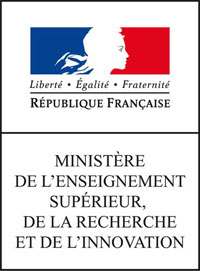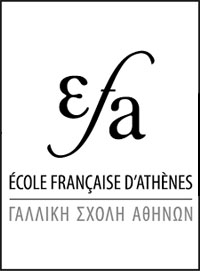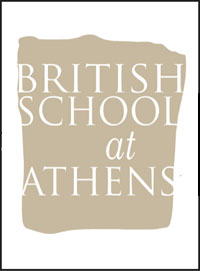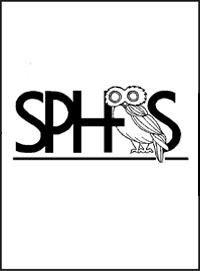AGIOS NIKOLAOS - 2001
Informations Générales
Numéro de la notice
3583
Année de l'opération
2001
Chronologie
Mots-clés
Maison - Sépulture - Figurine - Lampe - Monnaie - Outillage/armement - Parure/toilette - Métal - Os - Verre - Habitat - Nécropole
Nature de l'opération
Institution(s)
Toponyme
Notices et opérations liées
2001
Description
Agios Nikolaos (Lasithi). V. Apostolakou, Ch. Sofianou and V. Zografaki (ΚΔ’ ΕΠΚΑ) report on excavations conducted in and around Agios Nikolaos between 2001 and 2004.
37 graves were discovered on the Kokolaki-Zacharaki property at Potamos on Latous Street, where an inscribed funerary stele and a block with funerary epigrams on each side had been found. 16 of the graves were simple pit, 17 were tile graves, three were rock-cut cists and one was of unknown type. A further 27 graves were found on the neighbouring Klontza property on Ikarou Street, of which 21 were pits, five were tile graves and one was of unknown type. These belonged to the same cemetery and are thus numbered sequentially. The burials are disturbed but where the skeleton was in situ it was supine. In two cases (14 and 18) the hands were crossed over the chest. The head was usually to the east, but in some instances the burials were oriented north-south. Sometimes (e.g. 1 and 43) stone plaques were placed on either side of the head. Most were single burials, but there are a few examples of double burials (e.g. 2, 28, 40). Nails, perhaps from coffins, were found in a few graves. There are two child burials (22 and 61). Common grave goods were vases (amphorae, pyxides, unguentaria), bronze pins and coins. Less common were bronze mirrors and strigils, loomweights, glass vessels, silver jewellery, figurines and eggshells. More exceptional finds are: ivory beads in a variety of shapes (dolphin, elephant, seahorse, hand, male genitalia, astragalos, miniature pot) found in a pyxis in grave 1; a clay mask in grave 3; a thymiaterion of the Lato type in grave 10; exaleiptra in graves 8 and 57; a gold pendant with rosette and gorgoneion in grave 54. Two graves are particularly striking: grave 61, a child burial, contained 107 astragaloi scattered around the legs of the deceased; grave 45, attributed to a woman, contained nine unguentaria, a pyxis, an olpe, a bronze mirror, an amphoriskos, a reclining female figurine, and two bronze rings.
One tile grave and one pit grave were found on the property of the demos of Agios Nikolaos on Latous Street. The tile grave, oriented east-west and formed with Corinthian tiles, contained two earrings and gold necklace with a gorgoneion and rosette. Outside the grave stood an intact amphora and an unguentarium. The pit grave, also oriented east-west, contained a supine inhumation, head to the east with, at the south edge of the grave, a lekane, an unguentarium and a disk loomweight.
Six more graves, both rock-cut and tile-covered, were found on Knosou Street on the other side of town. While looted and badly damaged, they can be dated to the Hellenistic period.
The plastered wall of a Hellenistic town-house was discovered on Sphakianaki Street.
23 trenches were sunk on the Androulaki property at Chavania, to the north of Agios Nikolaos, within the archaeological site of Sarakino Kephala. Architectural remains and pottery of the Hellenistic and Roman periods were discovered. Minoan pottery came from fills that were either disturbed or introduced from the nearby hill where the majority of the Minoan evidence is found.
Auteur de la notice
Matthew HAYSOM
Références bibliographiques
ADelt 56-59 (2001-2004) B5, 477-487, 506
Date de création
2013-08-19 00:00:00
Dernière modification
2023-10-13 15:26:18








